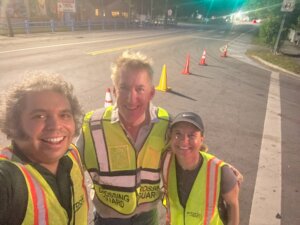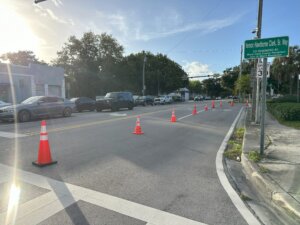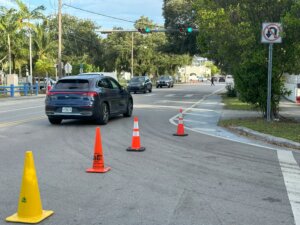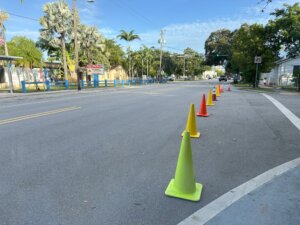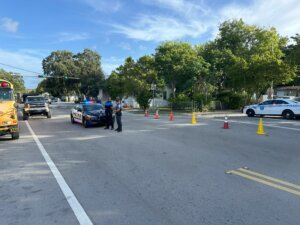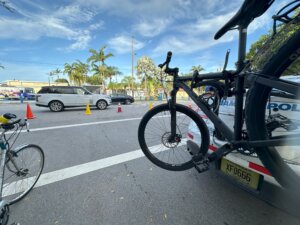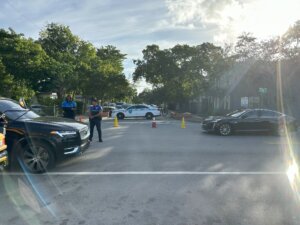Safe streets for all.
Our neighborhood streets and sidewalks determine whether it is safe and convenient to walk from our homes to various destinations - whether to a neighborhood store, to school, or to public transit. Kids, in particular, should have the right to explore their neighborhood in safety, benefitting from the physical activity that comes from outdoor play.
Unfortunately, car-centric street design has stood in the way of safe streets; only in recent years has it come to light that children and our elders are particularly vulnerable to the risks of streets made to prioritize automobile speed over pedestrian safety.
Fortunately, the professional fields of planning and road engineering have recognized these issues and are slowly working towards better accommodations for people of all ages on foot or using mobility aids. These are some of the improvements coming forth that can make streets safer in your community:
Safe solutions:
While it is true that the standards of road engineering are slow to change in North America, there are many opportunities coming forth for slow streets, traffic calming, and pedestrian-oriented design.
These designs acknowledge the presence of people on foot, slowing or diverting traffic to ensure places like neighborhoods, school perimeters, main streets, and downtowns are safe for people of all ages and abilities. In the process, these streets become less stressful for drivers as well.
These are some examples of what your city can do to make your streets safer for everyone:














Pop-up Safe Streets Demonstrations
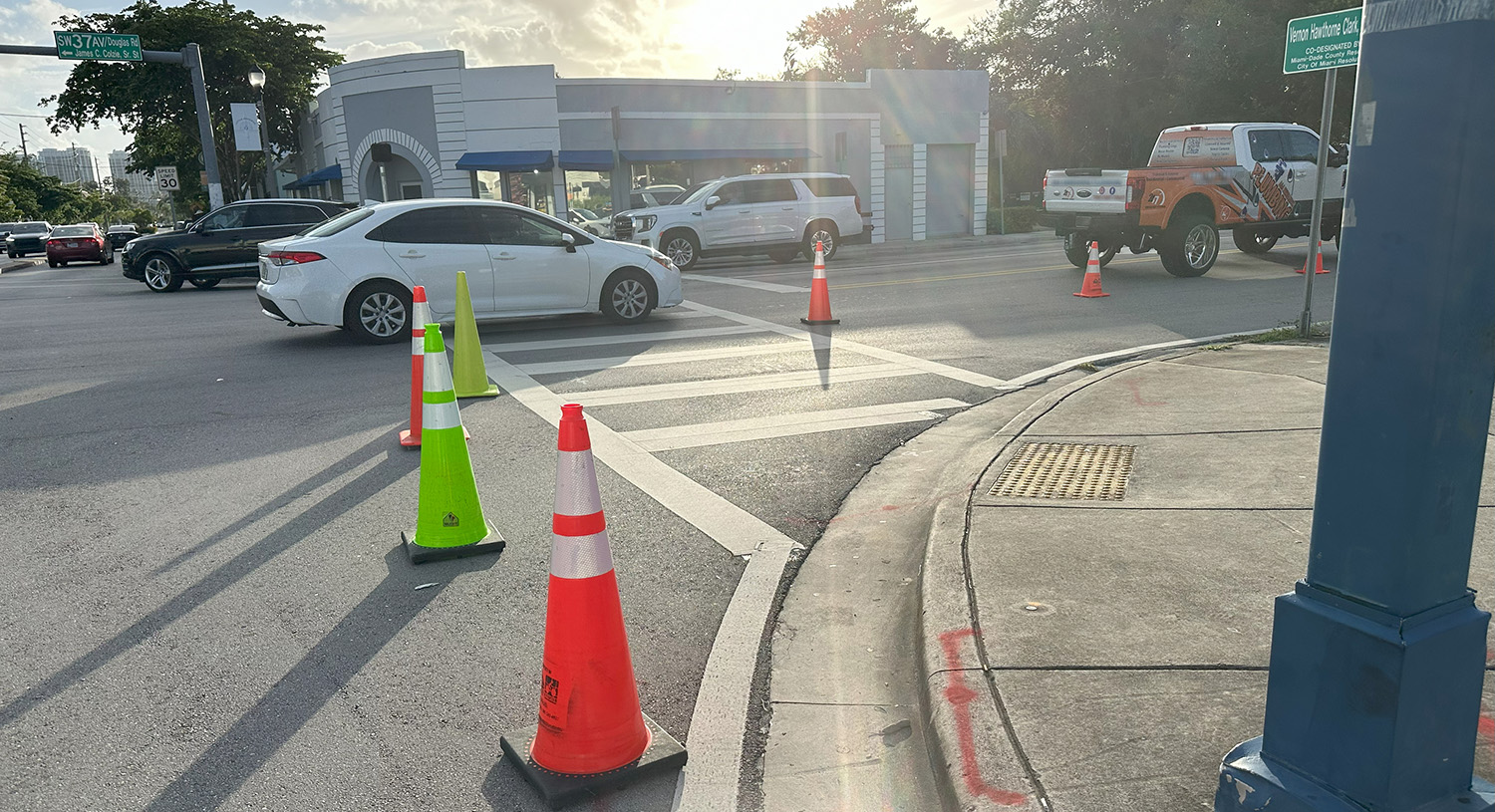
Given the cost and permanency of infrastructure, one of the best ways to demonstrate the safety benefits of traffic calming is by doing a low-cost "pop-up" demonstration.
Pop-ups can be as simple as traffic cones and/or washable paint used to narrow an existing traffic lane or shorten a crosswalk for a day, or they can be elaborate week or month-long exhibitions with parklets built on parking spaces, flexposts installed in asphalt, and other innovations.
This example is from Walk, Bike, and Roll to School Day in Coconut Grove near Frances S. Tucker K-8, in partnership with the Friends of the Commodore Trail and the Miami Police Department. The lane reduction and conversion of William Avenue to a no-outlet street kept traffic from affecting youths walking to school, especially near the school's crosswalk.
These pop-ups show that safety for pedestrians comes at a minimal cost to drivers while improving public space at the same time.
When infrastructure fails us:
Sometimes, it is not even about traffic calming, but about getting the bare minimum installed. Many streets - not just rural, but urban as well - have been missing sidewalks for decades.
While connected sidewalks are not a legal obligation for cities - unlike compliance with the Americans with Disabilities Act, which is legally enforceable - continuous walkable infrastructure is a litmus test of how your city values public space for its residents.
Missing links should be finished to the best quality possible, not just to ADA minimums. Sidewalks should aim to allow side-by-side walking, all facilities should be easy to use with a wheelchair, and transitions around utility poles should be gradual, smooth and wider than the minimum 3' clearance required by ADA.
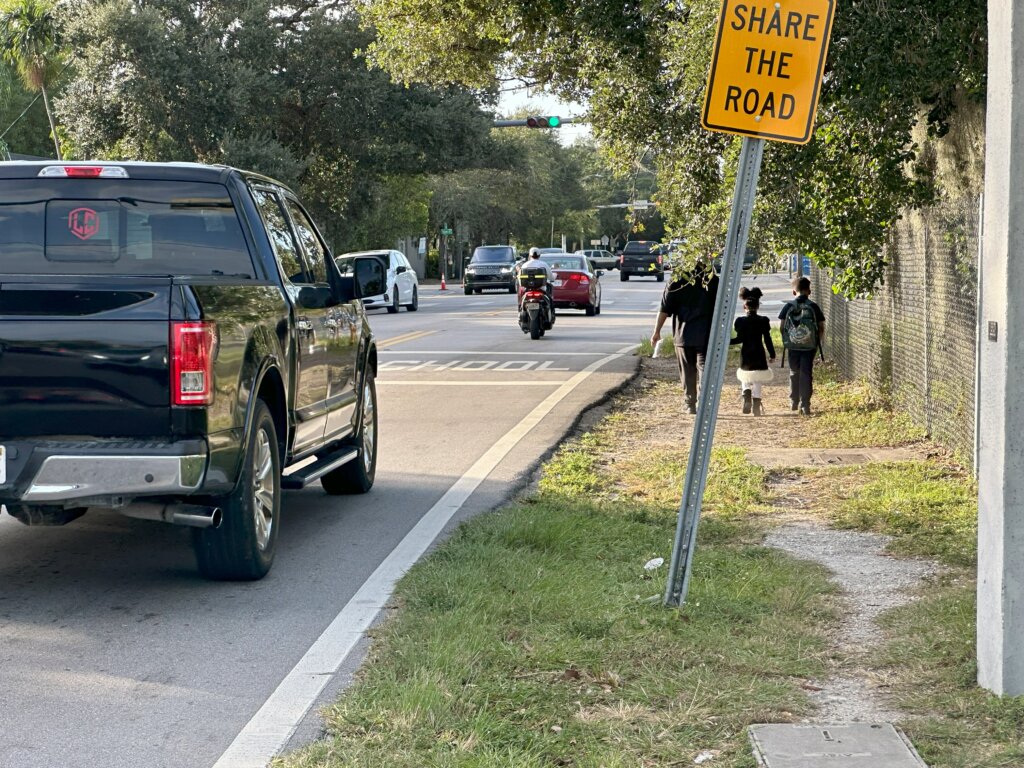
The world's best traffic calming:
The importance of traffic calming and safe streets infrastructure can't be understated. This quick video from Not Just Bikes explains it best:
Safer streets inspired by this type of traffic calming is being proposed throughout the US by various municipalities and state DOTs. You can help make them a reality by supporting their creation.
Safer streets, locally:
Street engineering and maintenance in Greater Miami is divided between the Florida Department of Transportation District 6 (FDOT District 6) and Miami-Dade County's Department of Transportation and Public Works (DTPW). Miami-Dade County maintains the majority of local roads, while FDOT has jurisdiction over some of the larger multi-lane arterials.
While Miami-Dade County oversees final roadway designs for municipalities as well, each municipality has a staff of engineers and planners on hand to submit design improvements for review.
It is always worthwhile to maintain a productive, respectful narrative with the Public Works officials in your area of Miami if you want to see more efforts put towards safer streets. Use the list below to find your Public Works department. Keep in mind that requests through your local commissioner (or commissioners) tend to receive increased priority.
Also, please understand that limitations upon engineer's freedom to apply traffic calming on a given roadway may not be self-imposed, but a limitation that comes from engineering guides like the Manual on Uniform Traffic Control Devices (MUTCD) or Florida Greenbook. In these cases, addressing your concerns to state and federal traffic engineers is the best way to work towards standards that serve people walking, riding, and rolling.

